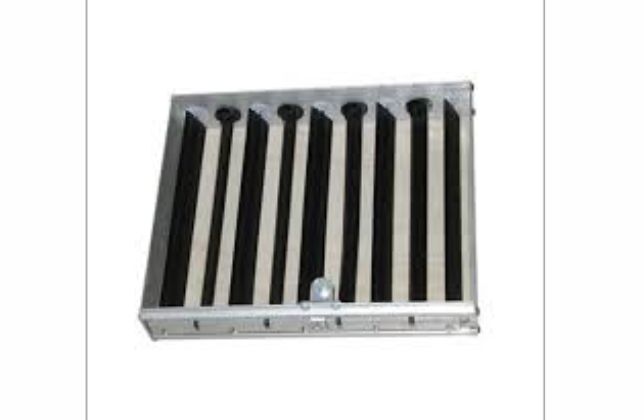Collar Damper
Truestar Air Systems
Collar Damper

The main purpose of a collar damper is to control or stop the passage of air through ducts. Usually, collar dampers are mounted at the ductwork’s branch connections to regulate the airflow to specific rooms, zones, or vents. When necessary, they can be manually or automatically adjusted to fully stop airflow or to reach the required airflow rate.
Design: A metal collar or sleeve with an integrated damper blade or plate is what makes up a collar damper. The airflow via the duct can be managed by adjusting the damper blade. Collar dampers can be manually adjusted using a lever or handle, or they can be automatically controlled by an actuator. To reduce heat transmission or condensation, some collar dampers may also have an insulating liner.
Construction: To survive the rigours of HVAC operation, collar dampers are usually made of stainless steel, aluminium, or galvanised steel. Mounted inside the collar or sleeve, the damper blade can be manually or automatically operated by attaching it to a spindle or rod. Collar dampers are made to minimise air leakage and ensure effective airflow management by creating an airtight seal when closed.
Installation: Collar dampers are fastened with screws, rivets, or other fasteners at branch connections or outlets in ducting systems. To guarantee that the damper functions properly and does not obstruct airflow when closed, proper installation is crucial. Collar dampers can be fitted in square, rectangular, or circular ducts, based on the needs and particular application.
Control: Collar dampers can be manually or automatically operated, based on the particular use case and system architecture. Manual collar dampers have a lever, handle, or knob that must be turned by hand. With the use of an actuator, motorised mechanism, or building automation system, automated collar dampers can be operated remotely. Precise airflow adjustment based on temperature, humidity, or other conditions is possible with automated control.
Applications: Collar dampers find extensive use in residential, commercial, and industrial buildings, among other HVAC applications. To regulate airflow to various zones, rooms, or locations within the building, they are frequently installed in exhaust and ventilation systems, supply air and return air ducts, and exhaust systems.

